The first gun you buy will not be the last. After you shoot it a few times, you will have a good idea of its good and bad qualities. Some of these will be intrinsic to the gun, but a good bit of the reason you like one gun better than another is the way it fits you.
To fit a gun for your hand, you need to evaluate these parameters as they relate to you:
- Revolver Versus Semi-Automatic
- The shape of the grip
- The width of the grip
- The length of the grip
- The texture of the grip
- The trigger pull weight
- The length of pull
- The shape of the trigger guard
- The weight of the gun
- The recoil
- The length of the gun
Begin By Evaluating Your Hand
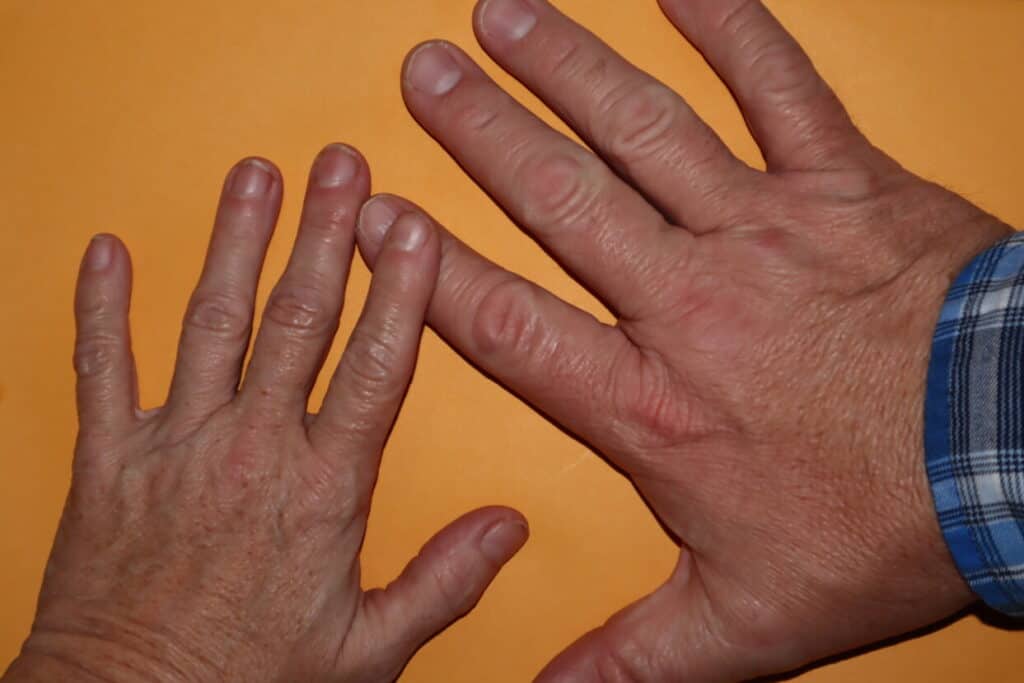
Do you have a large hand or a small one? Do you have an injury that limits range of motion or causes pain? How strong is your hand? These factors will help you decide what type and size of gun to try first.
Revolver Versus Semi-Automatic
Semi-automatics are the default concealed carry option for most people because they are streamlined, making them easier to conceal. They also hold more rounds in less space than revolvers.
A semi-automatic is a good choice if you have good hand strength and don’t mind dealing with multiple steps when you load your gun.
There are semi-automatics that fit nicely into a small hand, and those with bigger hands have the option of an extended magazine to lengthen the space where you place your hand.
The remainder of concealed carriers, myself included, prefer revolvers. Loading a revolver is straightforward and requires less hand strength and dexterity because there is no slide to rack.
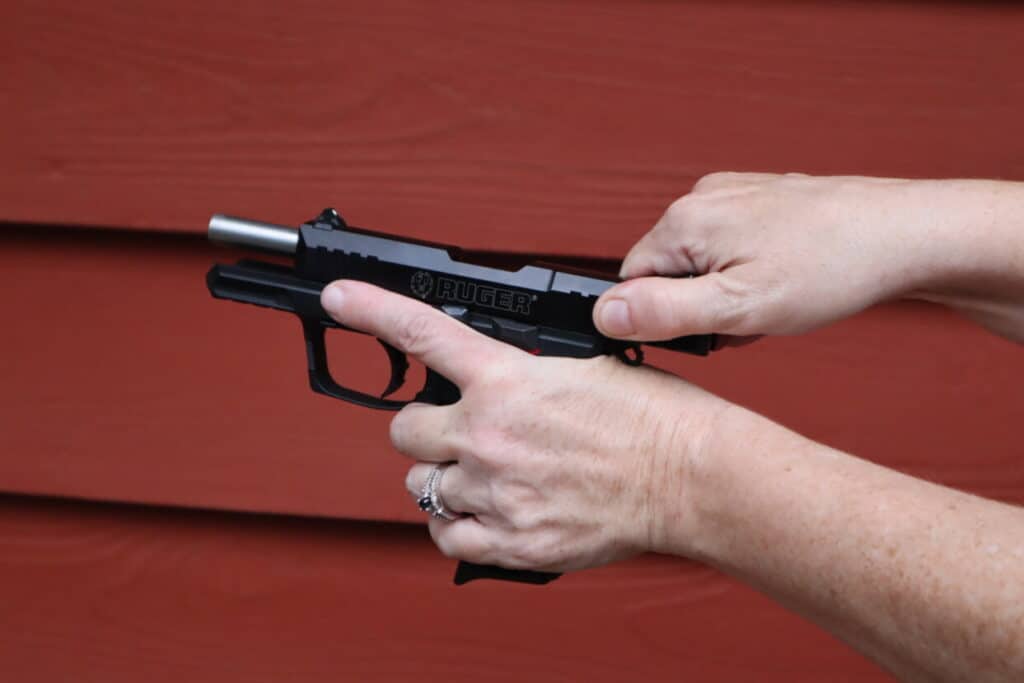
An old collarbone fracture has affected my dominant left hand, leaving it weaker than the right. Racking the slide on a semi-automatic is not something I want to do every time I shoot, and loading a magazine for a semi-automatic requires either strong thumbs or a speed loader.
The Grip
The grip is the part of the gun you hold, and it makes the most difference in how your gun feels in your hand.
The first gun I bought myself was a Taurus Model 85. It shoots well and has no obvious defects, but my fingers fatigued quickly every time I shot it.
I spent time dry firing it, but I found myself cocking the hammer most of the time because the finger strength needed for double action shooting was too much for me.
Double action shooting is when you don’t cock the hammer manually before you shoot. A double action handgun cocks the hammer as you pull the trigger for a one-step firing process.
In single action mode, you cock the hammer manually before you pull the trigger. This lightens the weight of the trigger pull.
I replaced the Taurus with a Ruger LCR, which is roughly the same size and shape. The LCR was a much better fit. I asked my husband Chris, a firearms instructor, to do a gun fitting with me so that I could understand why I responded so differently to the two guns.
Watch our YouTube video to see him point out the differences.
The Shape of the Grip
The LCR has grooves that position the fingers and decrease the overall size at each indentation. That afforded me precious space and helped guide my hand position. The smoother Taurus had my palm a little more stretched.
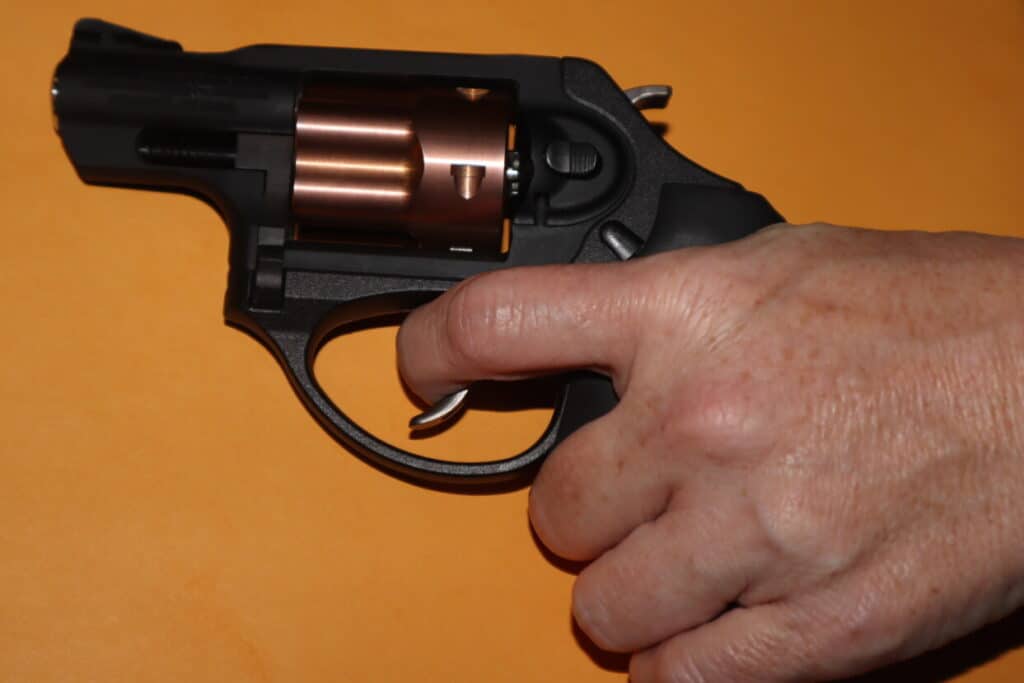
The Width of the Grip
The first thing Chris noted was the difference in the butt, or back end of the grip. The Taurus had a pronounced roundness, which was attractive but took up too much of the limited space in my small palm. A person with a larger hand might have enjoyed the extra real estate.
The Length of the Grip
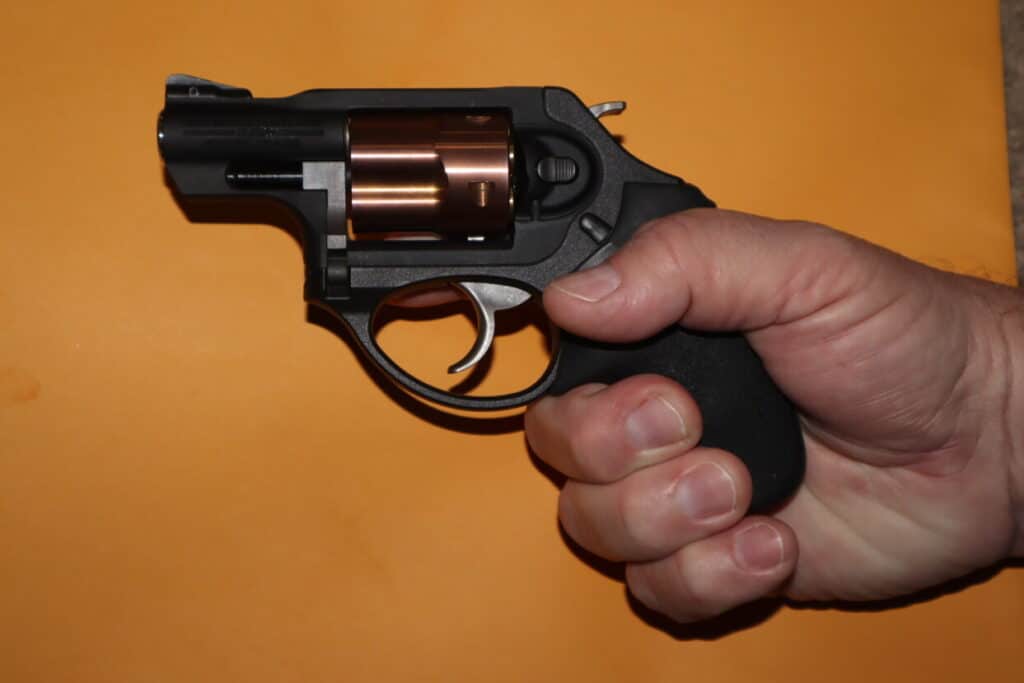
This is a factor for someone with larger hands. Just about any gun will provide enough length for me, but when Chris holds my Ruger his pinkie hangs off the bottom edge of the grip.
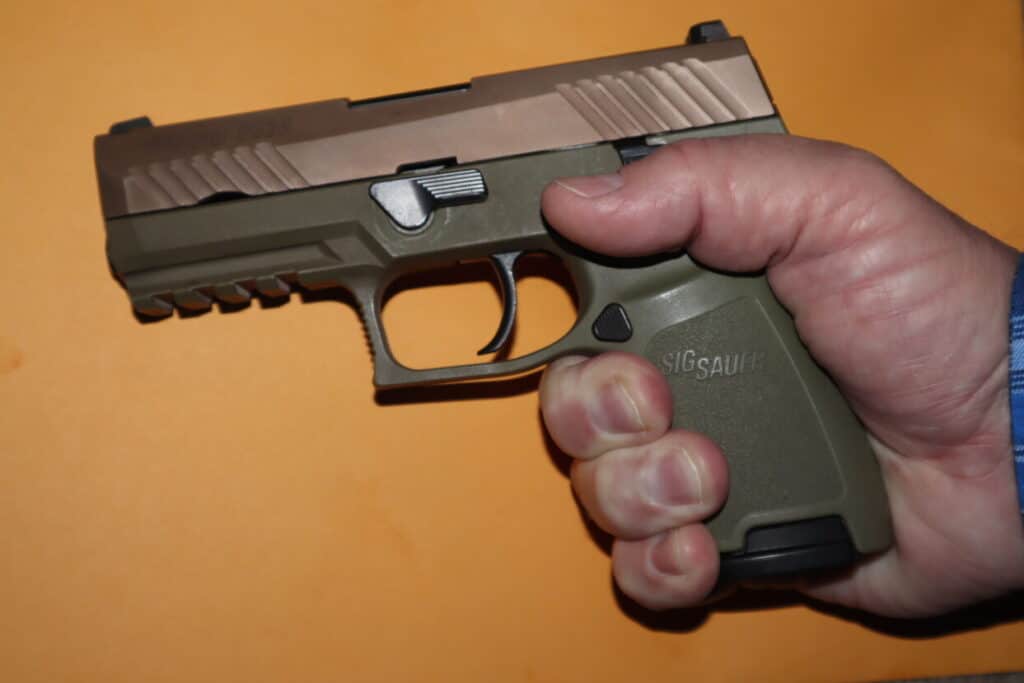
The Texture of the Grip
Texture is an important consideration when choosing your gun. A rubber grip provides more traction to keep your hand in place. Some manufacturers stipple the grip for extra traction. A little bit of stippling goes a long way and may become painful to grip tightly.
You may prefer a smoother texture such as wood or a pearl handle. Make sure it is not too slick to hold tightly when the gun recoils.
The Trigger Pull Weight
Trigger pull weight is how many pounds of pressure it takes to press the trigger all the way back. Initially I thought the Taurus had a heavier pull weight that was tiring my finger quickly. When we tested pull weight, the LCR actually had a heavier trigger!
Part of my perception had to do with the smoothness of the trigger pull. The LCR’s trigger moves backward in a smoother motion, making the trigger pull less jerky. This felt like less weight to me.
The Length of Pull
Chris identified the length of pull as the major issue that caused me to prefer the LCR over the Taurus. The grip size and the angle between the grip and the trigger caused me to extend my finger more with the Taurus.
The angle of my finger was also slightly downward with the Taurus, making the movement more awkward.
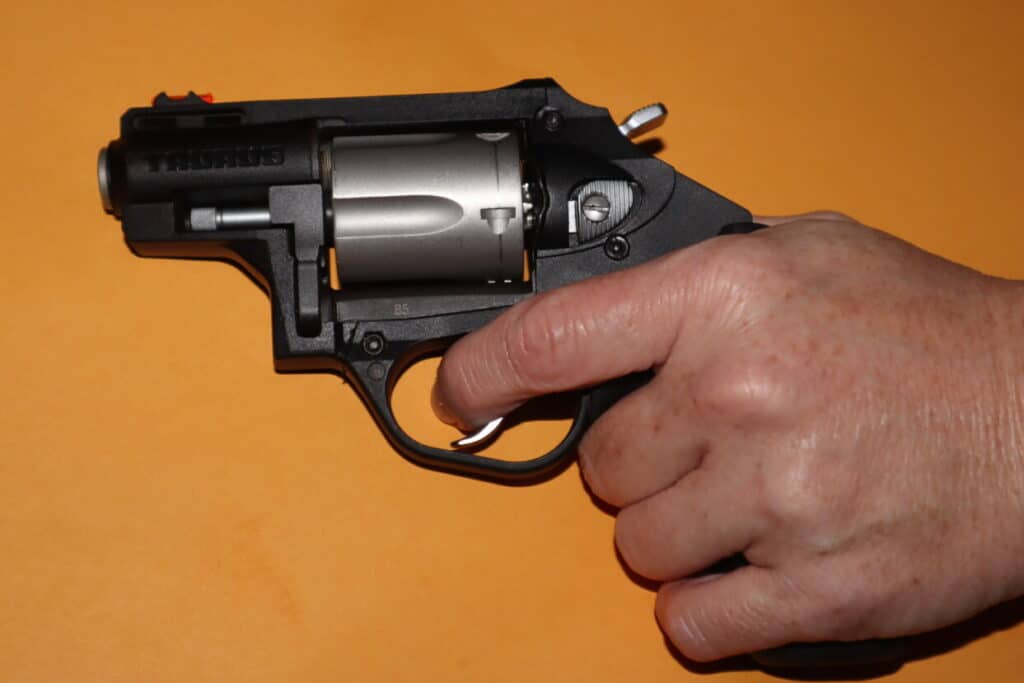
The Trigger Guard
The trigger guard on the Taurus has a deeper undercut where it attaches to the grip. As a result, my hand is in a higher resting position and my trigger finger has to angle downward. The awkward angle makes pulling the trigger more difficult.
The Weight of the Gun
The weight of the gun can be a factor in either direction. A heavier gun is harder to carry and conceal, but easier to shoot. The extra weight in your hand seems to justify the effort spent in pulling the trigger and provides a nice balanced feel.
The Recoil
This is not a metric involving the shape of your hand, but I bring it up because the amount of recoil makes a difference in how your hand feels after you shoot a few rounds. Larger, heavier guns generally have less recoil because they have enough mass to balance the force of the shot.
The Length of the Gun
The length of the gun makes a difference in how you balance it. Make sure you like the way it feels as you support it in shooting position.
Other Factors to Consider
Fitting your hand is only part of the puzzle. The gun you buy also needs to have sights that suit you. That will be the subject of a future article.
Ease of concealment is a crucial factor to consider when choosing your every day carry gun.
Your gun purchase needs to fit your wallet.
Aesthetics also come into play. Get a gun that pleases your eye, even if no one else will ever see it. One reason I like revolvers is because of the curves. I was very pleased to find a revolver with a copper cylinder just because it is pretty.
Parts Can Be Replaced
If you find a gun that suits you in all details but one, you might still be able to use that gun. Grips are very easy to replace. Triggers can be adjusted by a gunsmith. Sights are also easy to upgrade.
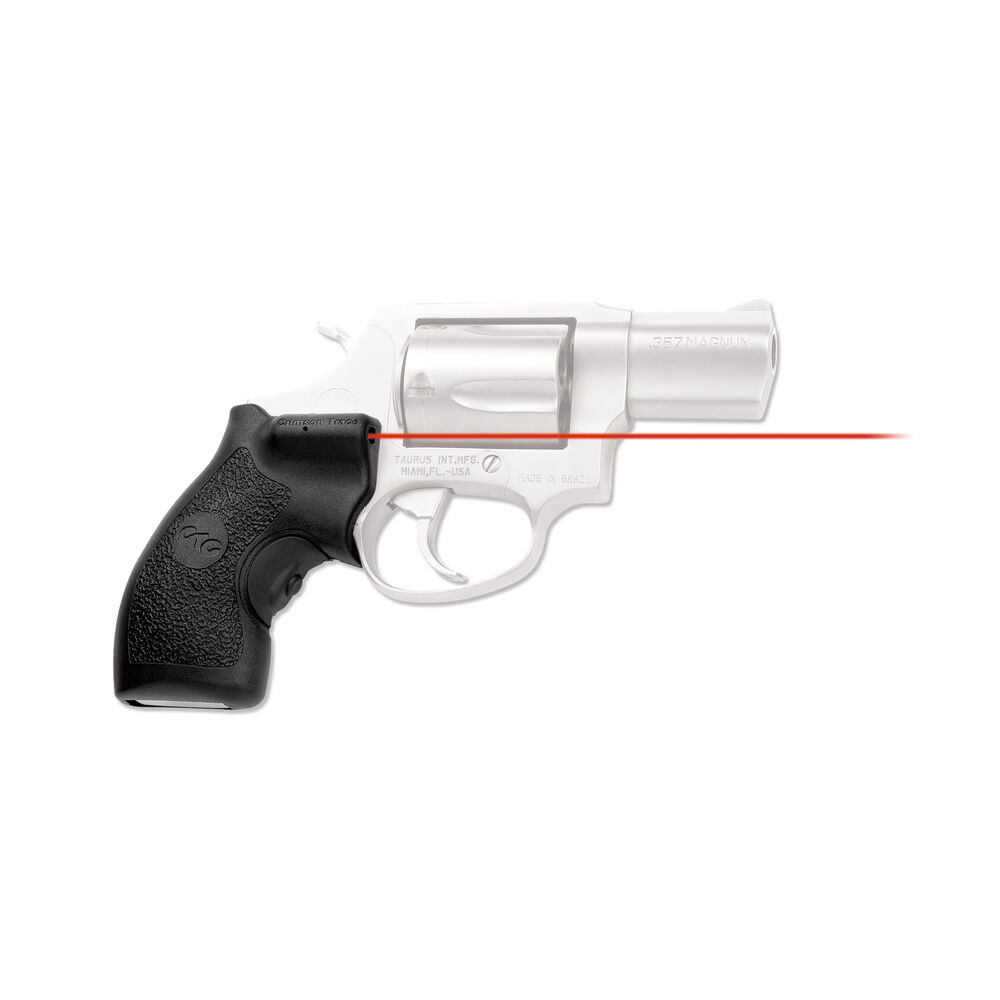
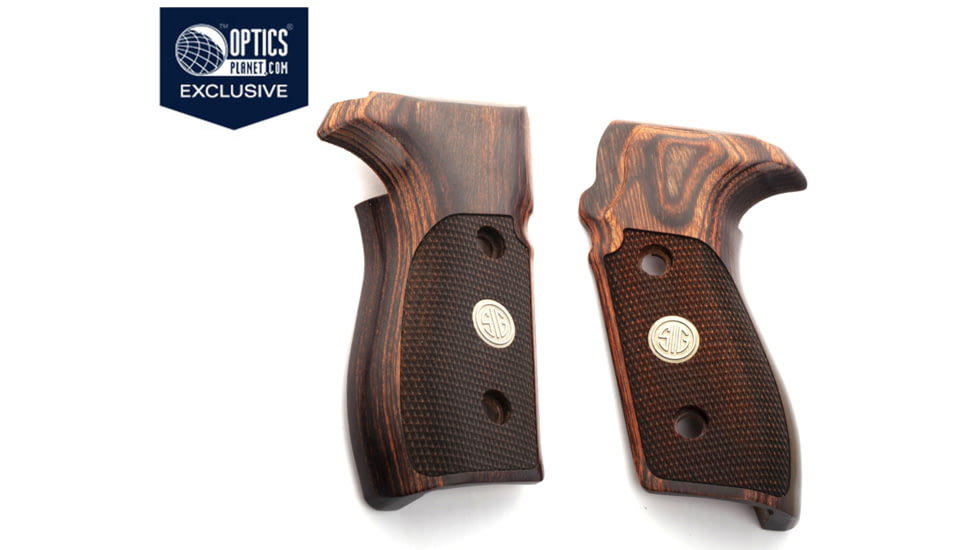
How to Get Help Fitting Your Gun
The first thing to do is hold a few guns. Your gun toting friends will be thrilled to let you hold their guns and talk about the differences between models.
Shooting a few guns will be very beneficial in deciding which guns fit better. Take a friend to the range and make a day of it, paying attention to which guns are pleasant to shoot and which ones are painful after a few shots.
Engage the services of a firearms instructor.
Keep reading our blog for more useful tips on everything gun related. Watch our YouTube channel to see us in action.
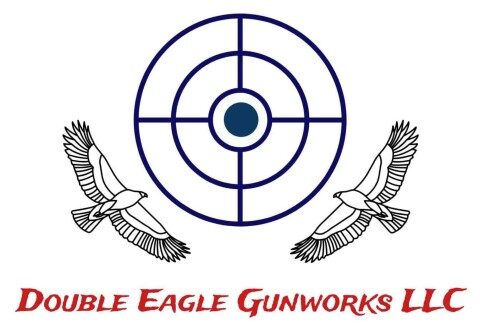


1 thought on “Gun Fitting: 11 Factors in Finding a Handgun That Fits YOUR Hand”
Comments are closed.